Sitting behind the wheel, Kansas State student Russel Clark watched as drivers rushed the left turn headed north from Anderson onto Manhattan Avenue. Several drivers ran the red light, but the line waiting behind Clark was still substantial. There just isn’t enough time to turn.
City engineer Brian Johnson proposed a traffic light master plan March 26 aiming to improve the communication between traffic signals throughout the city. The Manhattan Traffic System Master Plan presented by Johnson is filled with recommendations “provided for both short-term and mid-to-long-term.”
“We developed the first-ever master plan of the traffic division of the public works,” Johnson said. “There’s four different main topics. One is the existing operations, traffic signal corridors, future upgrades to the system and then upgrades to the traffic operations center. It’s to help the traffic system function a little better.”
According to The Manhattan Traffic System Master Plan, “To further ITS [Intelligent Transportation System] in the City of Manhattan, the city should generally work together with regional transportation partners in further development of ITS and traffic management capabilities. This gives you buying power and gives area travelers a seamless transportation experience … move toward enhancing public traveler information beyond existing efforts including approaching from a regional and statewide perspective. This may include exploring partnerships for information dissemination, [continuing] to include technology and TSMO [Transportation System Management and Operations] within other city plans and programs such as transportation master plans, and safety programs.”
The plan doesn’t have a budget, but Johnson estimated that if implemented, the operations will cost around $500,000 a year “in outstanding maintenance items.”
“The plan identifies the need,” Johnson said. “The funding is what staff proposes to the commission to authorize the dedicated revenue strain. With budgets as tight as they are, carving off a half-million dollars is not easy right now.”
Jason Hilgers, deputy city manager, said the biggest challenge presented is creating “financial avenues to accomplish the plan.”
“In referencing different revenue streams and different strategies, we get those improvements made throughout the community for the next 10 to 20 years,” Hilgers said. “ Sales tax can be accomplished in a couple of different ways. That 10-year tax will expire in 2026, so there’s an opportunity to renew that tax and dedicate some revenues toward traffic. There are also different strategies for other revenue streams that can be pursued and talked about with commissioning. … There will be options for them to consider and they can give us direction. No decisions or other action has been given. It’ll be a multi-year process.”
Clark said he would like for the traffic lights to be safer “because drivers themselves aren’t being safe about it.”
“People regularly run it after it’s already red, so maybe three cars can get through, but they force five or six through, which is a danger for sure,” Clark said. “I’m typically a patient person, but I know other people are not as patient.”

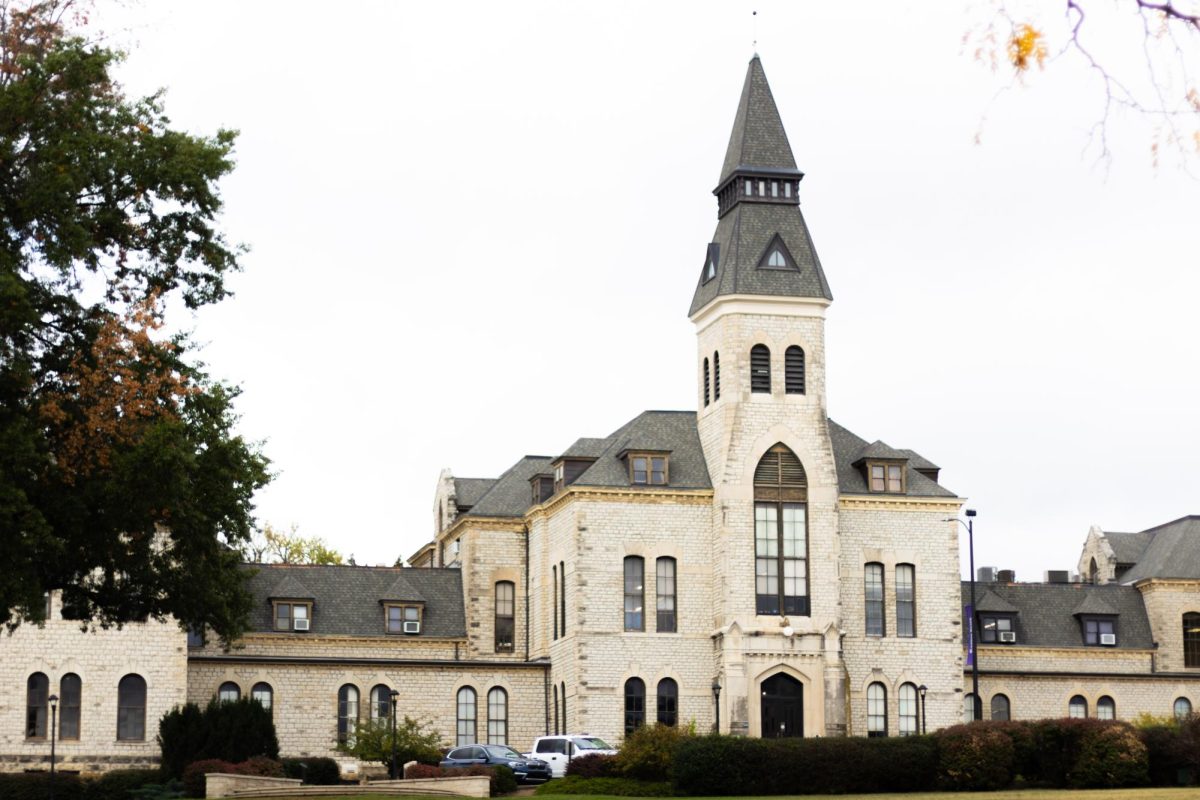



































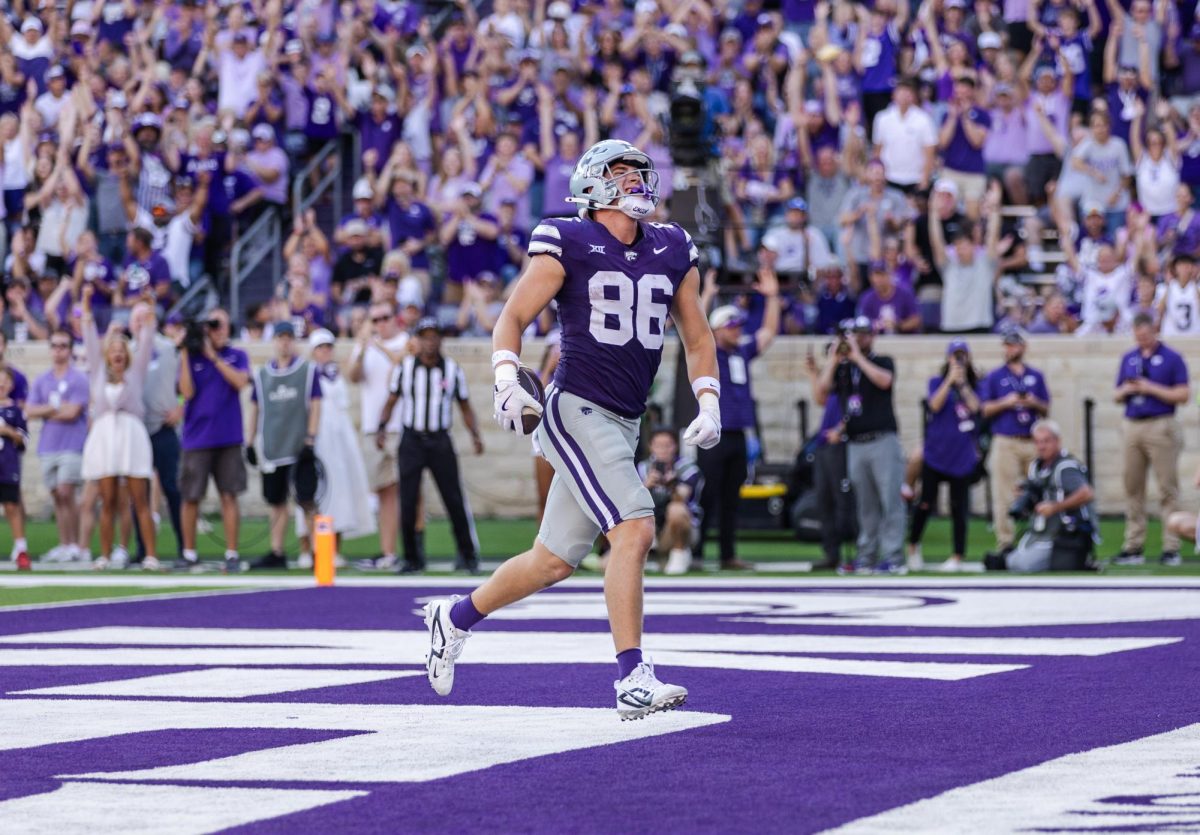












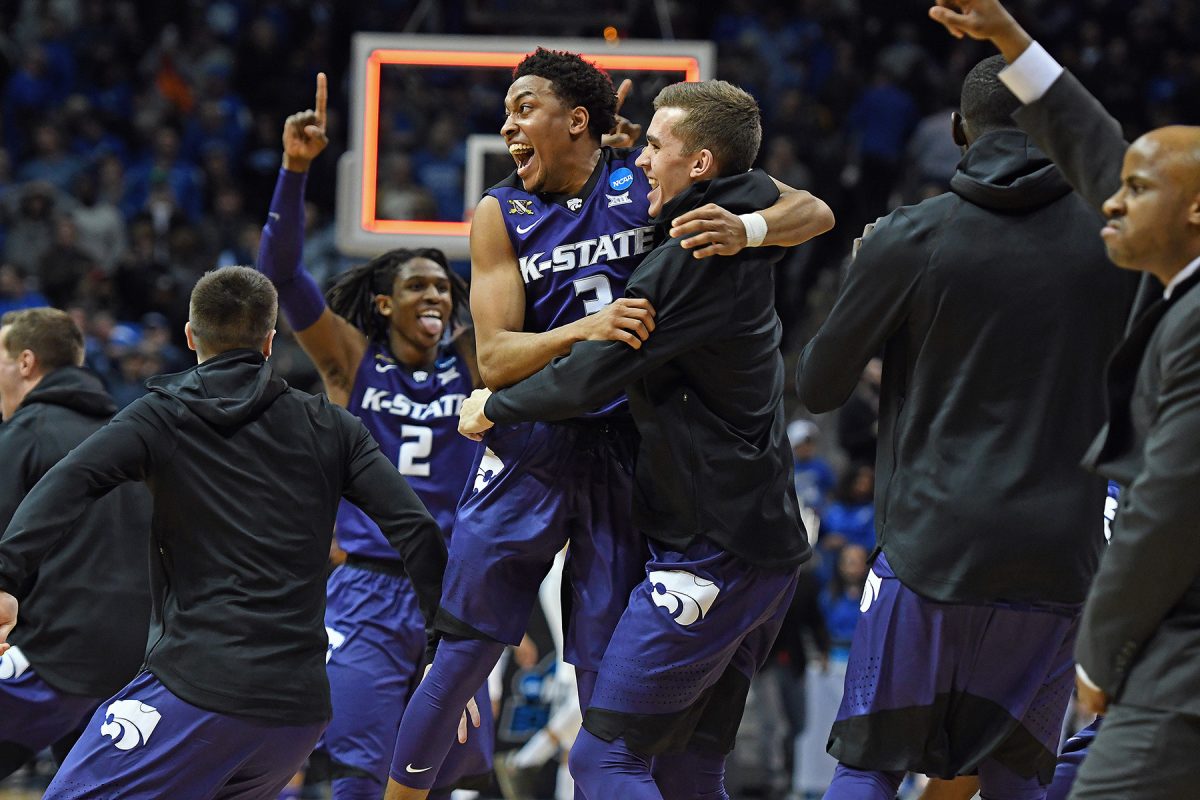






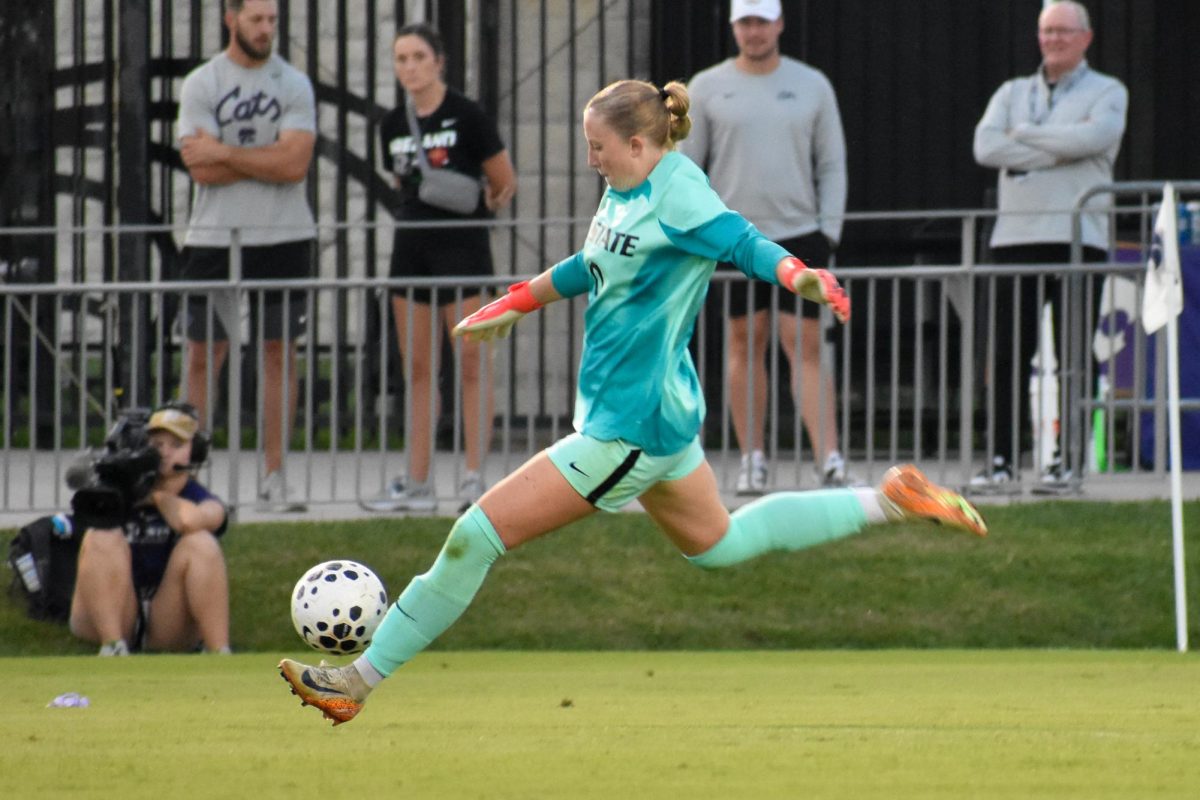




























































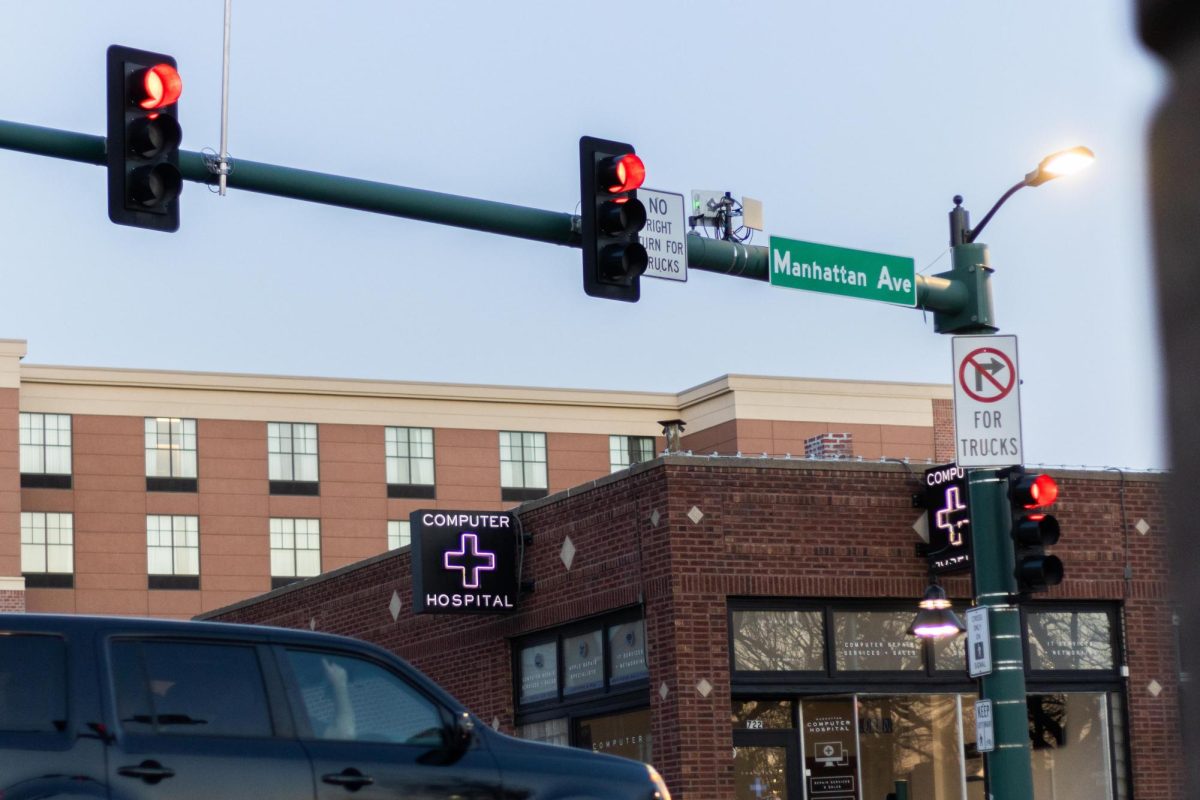
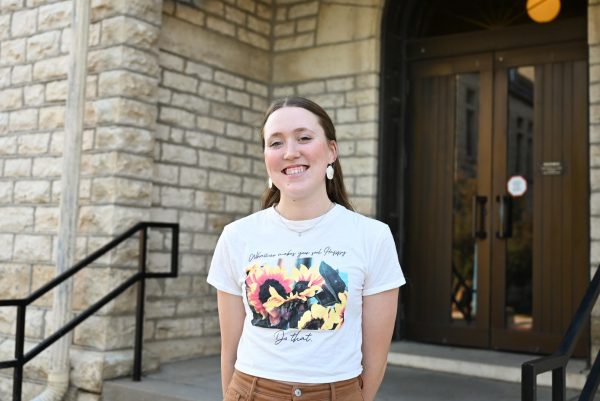

Dalton • Aug 1, 2024 at 12:01 pm
This is the stupidest idea you’ve have ever had. Implementing more lights just causes more traffic build up retards. I’m a student at k state and have been for three years now and I can say installing these lights was the stupidest way to spend my tax/tuition money and it should just be fucking tore down and discarded. There was no problem in the first place besides stupid drivers and you can’t fix stupid.
Aaron Goodman • Apr 4, 2024 at 11:09 pm
It’s about freakin time. Absolutely horrible traffic management. Manhattan has contributed substantially to global warming with our idling engines while waiting on the light that just turned red for no dang reason. It’s apparent the people who “manage” these things sit in an office all day and are oblivious to the inefficiency of the traffic lights throughout town.